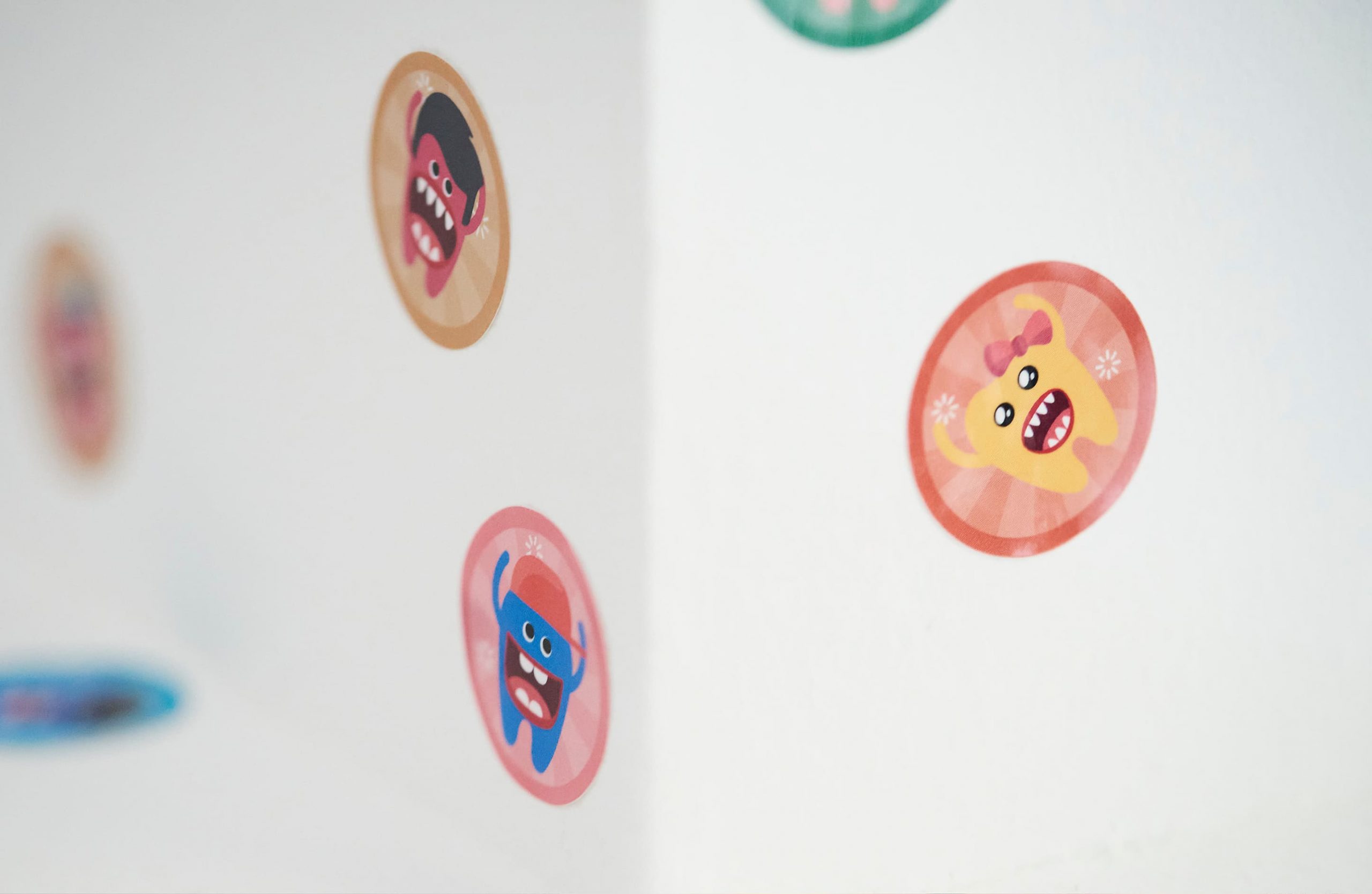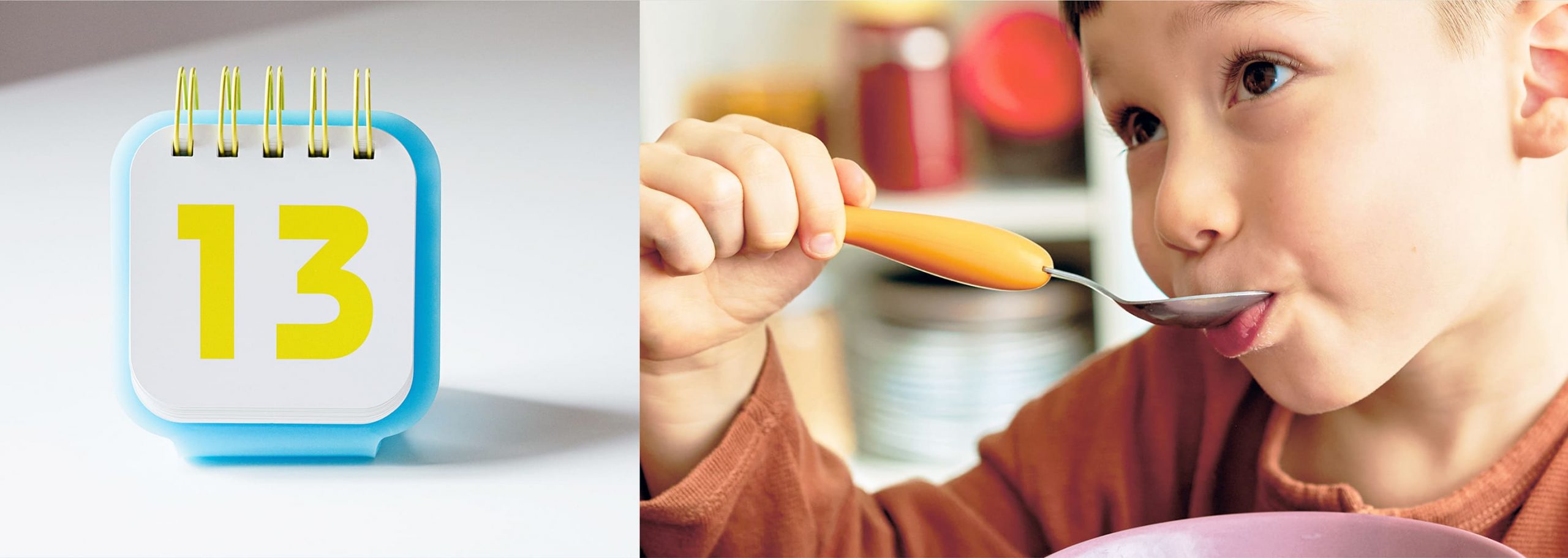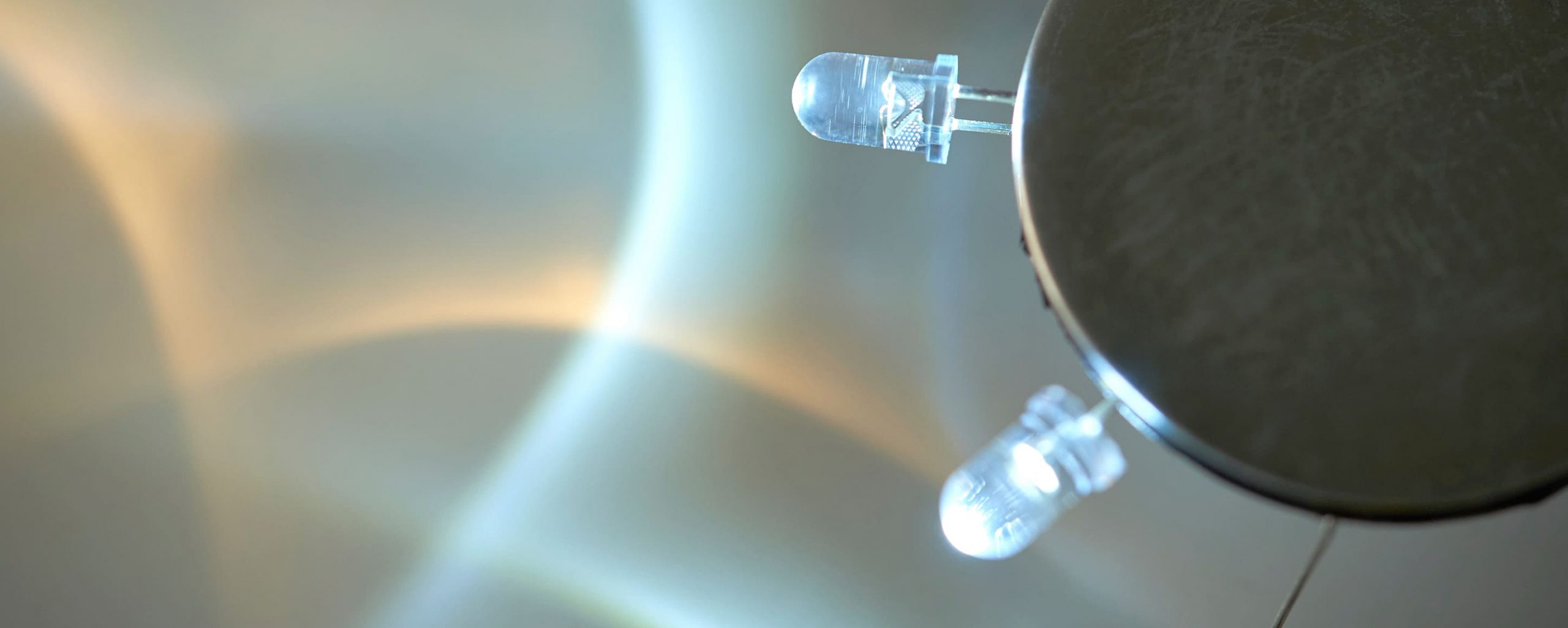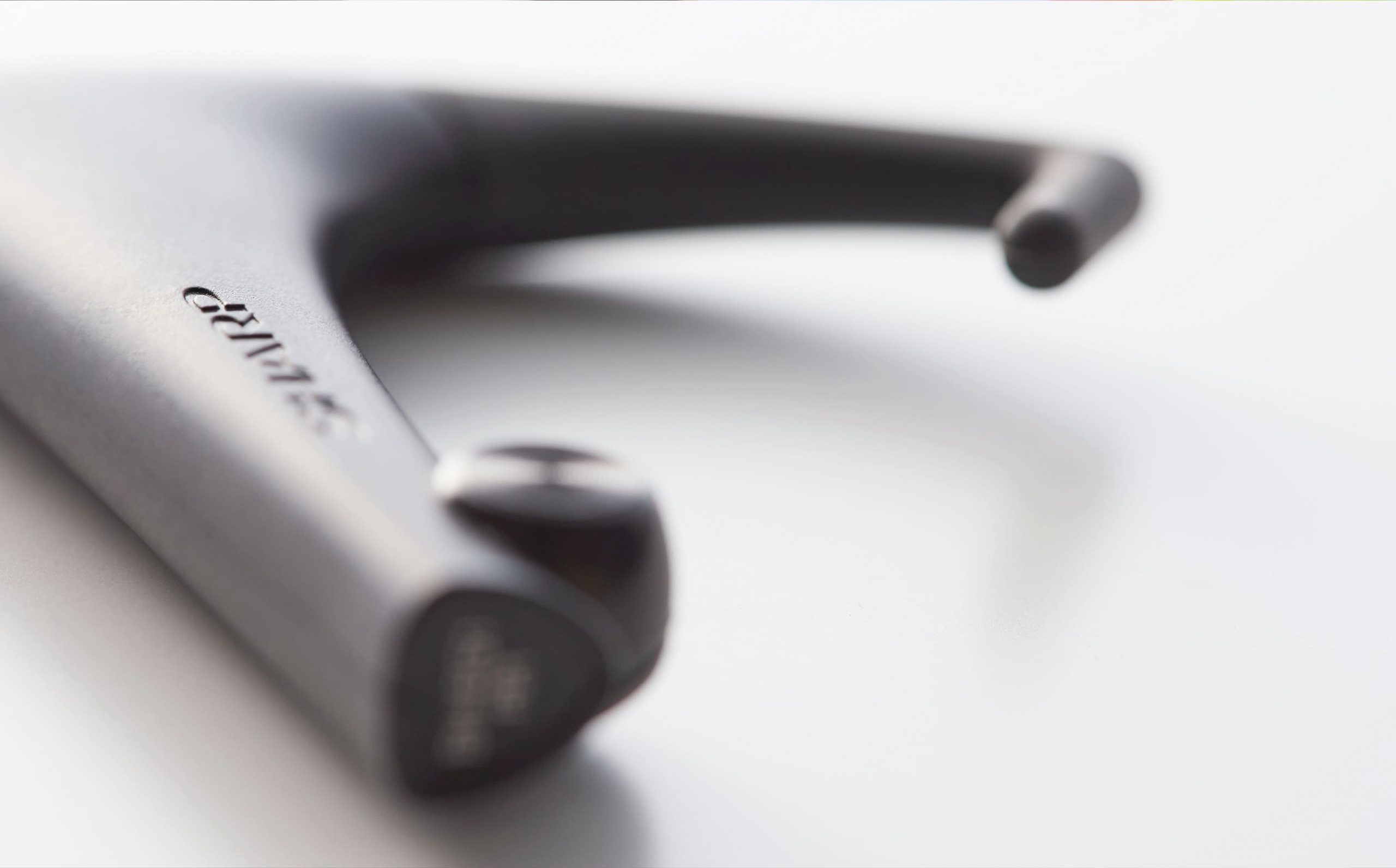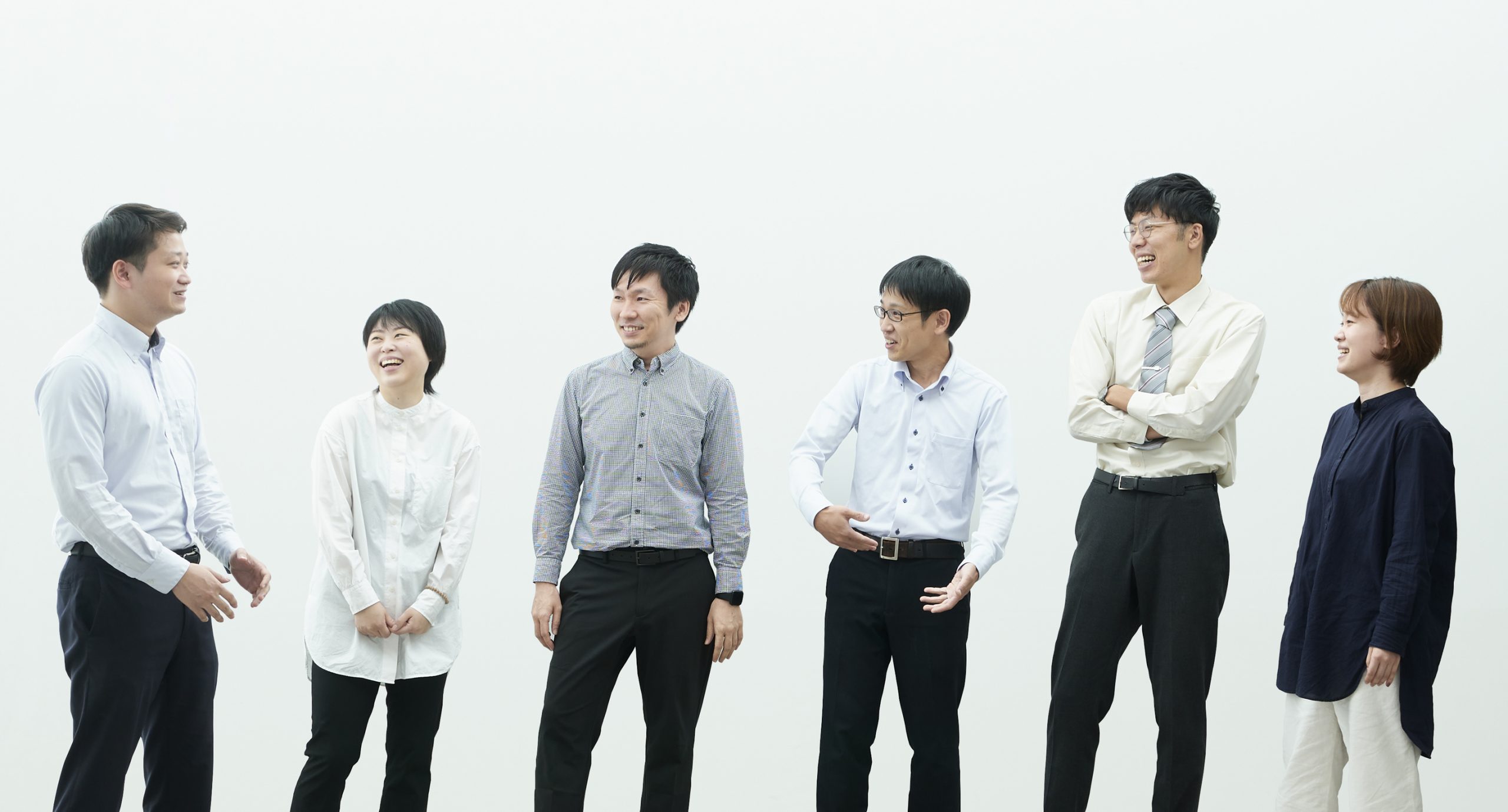
Possibilities that transcend boundaries so as to become visible
BtoB Solutions Business Unit
Smart Appliances & Solutions BU
I studied product, UI, and services design in college and then joined Sharp. I have experience in UI design for TVs and product design for washing machines. From my fifth year at the company, I worked in the UX design department and became involved with many UX designs. Since 2019, I have been involved in the development of bitescan, and now I am working to create new things and events at a department that plans and develops new businesses.
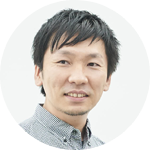
As a Japanese manufacturer, Sharp releases new products to the world one after another. Many ideas and dreams must be behind them. What is this “Smile Creation Quality” that Sharp Design takes so seriously? What kind of people are the designers of these products? I will inquire directly and uncover the hidden passions and ideas of the designers!

What is the New Business Planning and Development Department team doing now? Are you mainly developing new products?
This is a department that creates not only products as things but also projects, including services and experiences, which are derived from products to be realized as a business. At the moment, the team is comprised of six young employees, and we work energetically just like an in-house venture capital company.
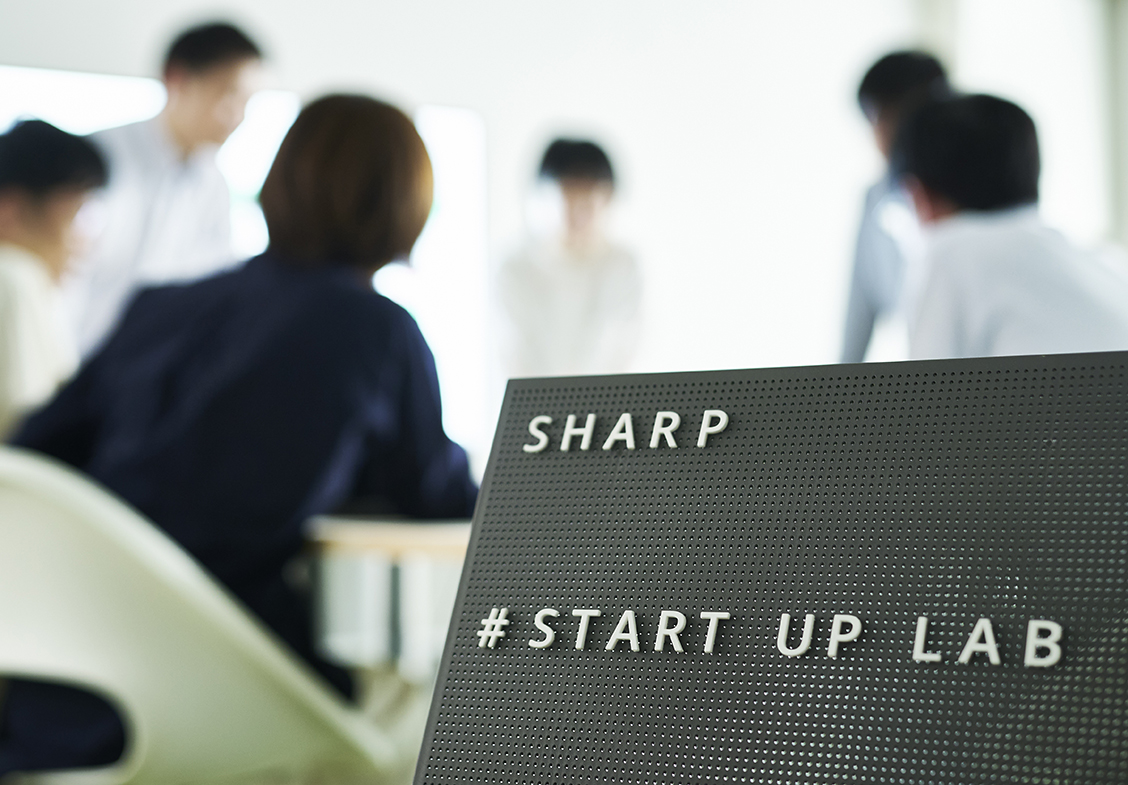
You used to work at the UX Design Department, right?
Yes. I was involved with UX and UI designs for various products such as home appliances and new display devices. I also participated in the bitescan project, and this might have been a turning point for me. Later on, this experience became a trigger for me to leave the design department and join the New Business Planning and Development Department.
“bitescan”? Bites are scanned.
The product category is a mastication meter. This is a device that you hang on to your ear to measure the number of bites and your chewing speed while eating. You can use the linked application to record and accumulate your daily chewing data. This idea was originally conceived by Tanimura during in-house training three years after he joined the company. He kept working on the idea, and one day he showed interest in the healthcare research that our UX design department was working on, and he suggested that we should work together. This is how I got involved in the bitescan project.
What did you tackle first in the project?
I conducted questionnaires and interviews with those that might use bitescan, including those with weight problems and public health nurses. I also visited companies that might be interested in bitescan. Their feedback gave me great awareness, and I wanted to tackle many things.
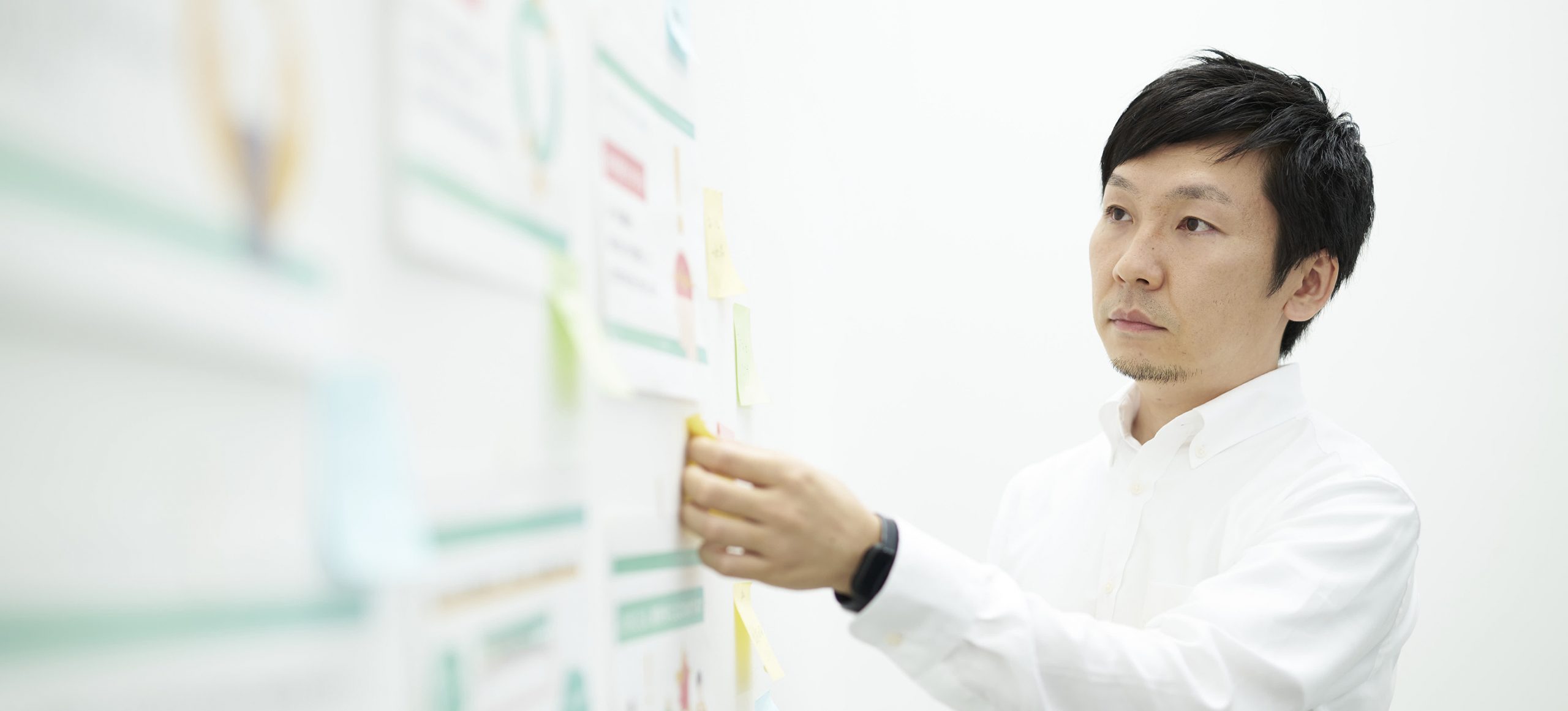
Awareness?
bitescan functions not only to measure chewing as a measuring instrument but also creates great value as a service from that. Therefore, as an example, we developed a service for children in which characters move when a child chews so that children can develop an awareness of the importance of chewing, while also enjoying to chew. As a team, we discussed a lot about the value that might be created from chewing and how we should convey it.
Certainly. The advantages of chewing could lead to various services.
We entered bitescan into the Good Design Awards not as a product but as an initiative with the title “Encouraging Behavior Change by Chewing Measurement” At the time, we were working from home, and we used the online whiteboard to discuss how we should express our activities. We spent so much time on discussions and organization, and I feel that this experience became very useful to clarify the directions of the business later on. As a result, bitescan was selected for the Good Design Best 100 in 2020.

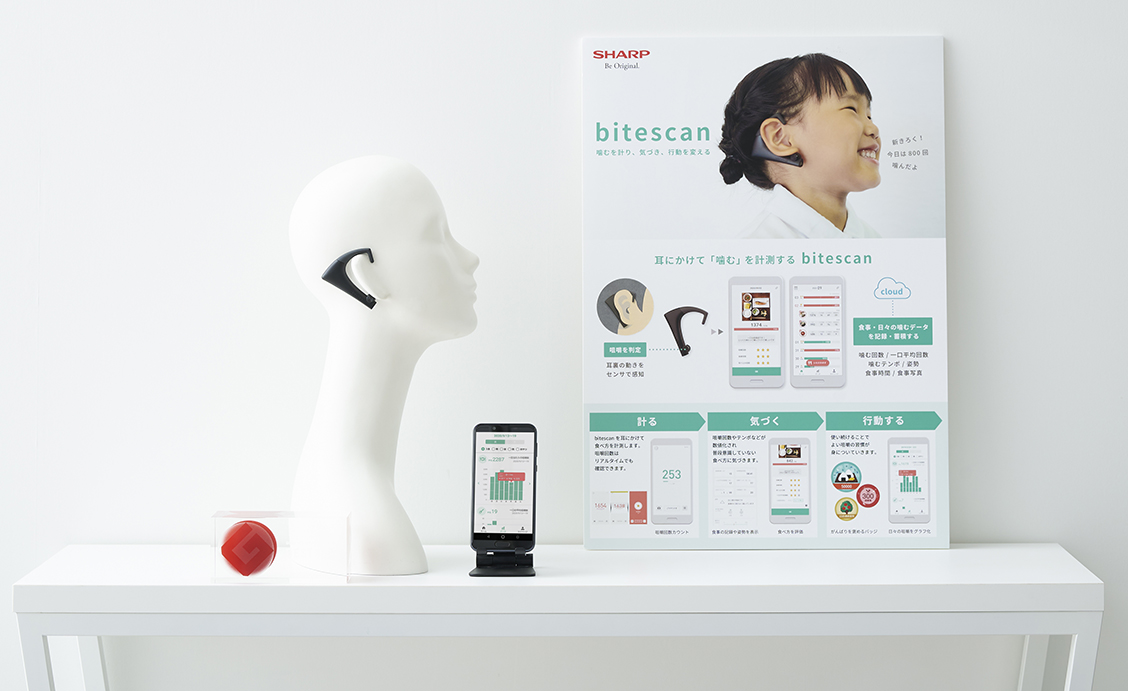
That’s great! Your bitescan project must have gained so much recognition after receiving the award.
Thankfully, we received so much feedback. One was from an elementary school, after which we started developing a dietary education program. We are promoting this initiative together with Niigata University, which has been working with us since the initial development stage of bitescan. We discussed how children might become interested in chewing, so as to create the program. We devised badges, stickers, worksheets, and materials that children receive as a result of chewing so as to make them more familiar with the importance of chewing. We actually conducted an experiment at an elementary school, and we were happy to see the children playing and learning with bitescan. Some children were seriously considering what character stickers that they should put on the worksheets, and the children were showing each other the badges that they can get from the app.
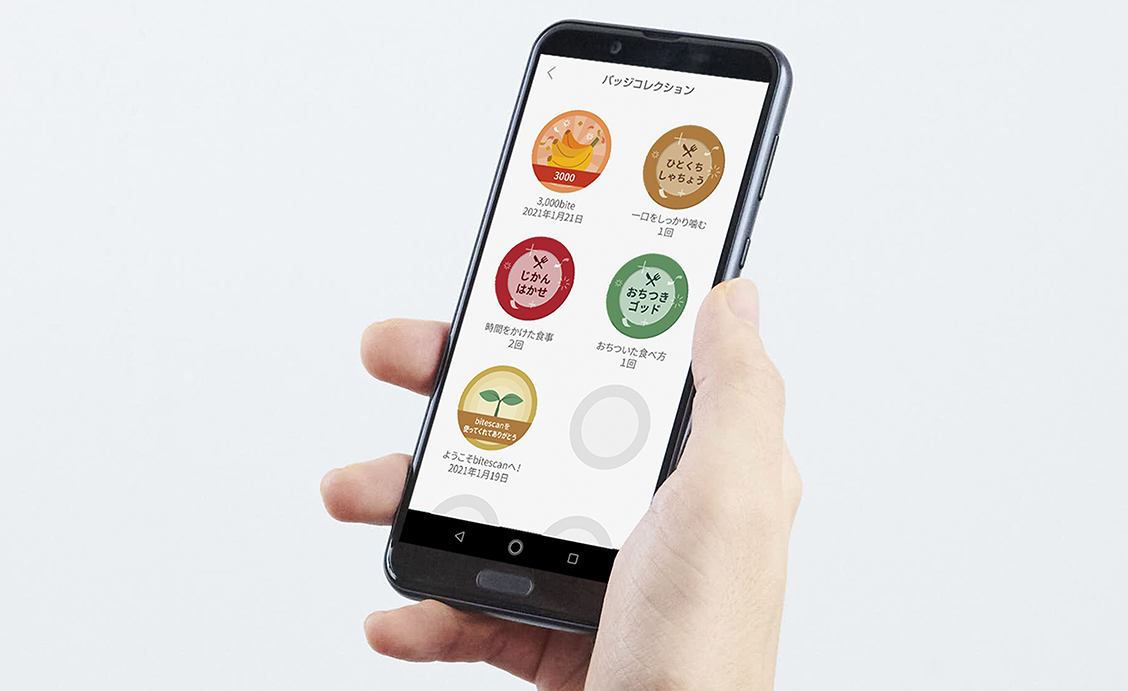
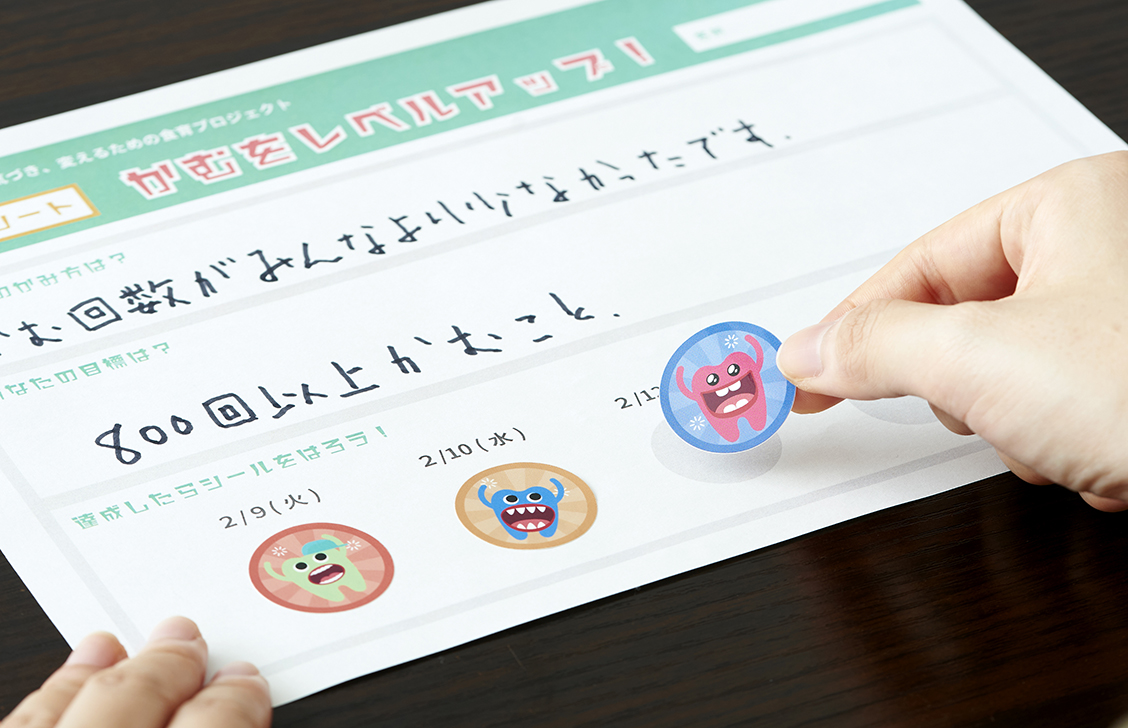
That’s cute. By the way, your work covers so many subjects, Kurino.
I might not be the type of person that focuses only on one thing. I want to obtain a wide range of knowledge and skills without concentrating on a specific area too much so that I can appropriately respond to the situation as it arises. I think that it is important to change the way you think and your role flexibly in accordance with the development phase, especially when you have to create a new business with a small amount of team members.

What are you working on now?
Besides bitescan, we are mainly working on developing Femtech* services. For us, this is a service that manages menstrual cycles by linking an app to an IoT-enabled storage case for female sanitary products. This project was launched because one of my female team members shared an idea with me and Tanimura one day during a meeting. We wholeheartedly agreed with her idea and started the project in earnest. We have produced prototypes of the product and app, and we are going through the proof-of-concept stage now.
Note: Femtech: A portmanteau of “female” and “technology”; Femtech refers to products and services that solve female health issues with technology.
It’s fantastic that your team develops projects inspired from daily conversations.
We speak about ideas freely. We are all young and like trying new things. I would also like to share my ideas with my team at the same level equally to create new businesses quickly without focusing too much on design.

I’m expecting great things from your future activities! By the way, I hear that you are creating interesting items in your private life as well, Kurino?
Yes, I am involved in the activities of the Denka Bijutsu (electrical art) group. This is an art group that many Sharp employees belong to. It was formed in 2012.
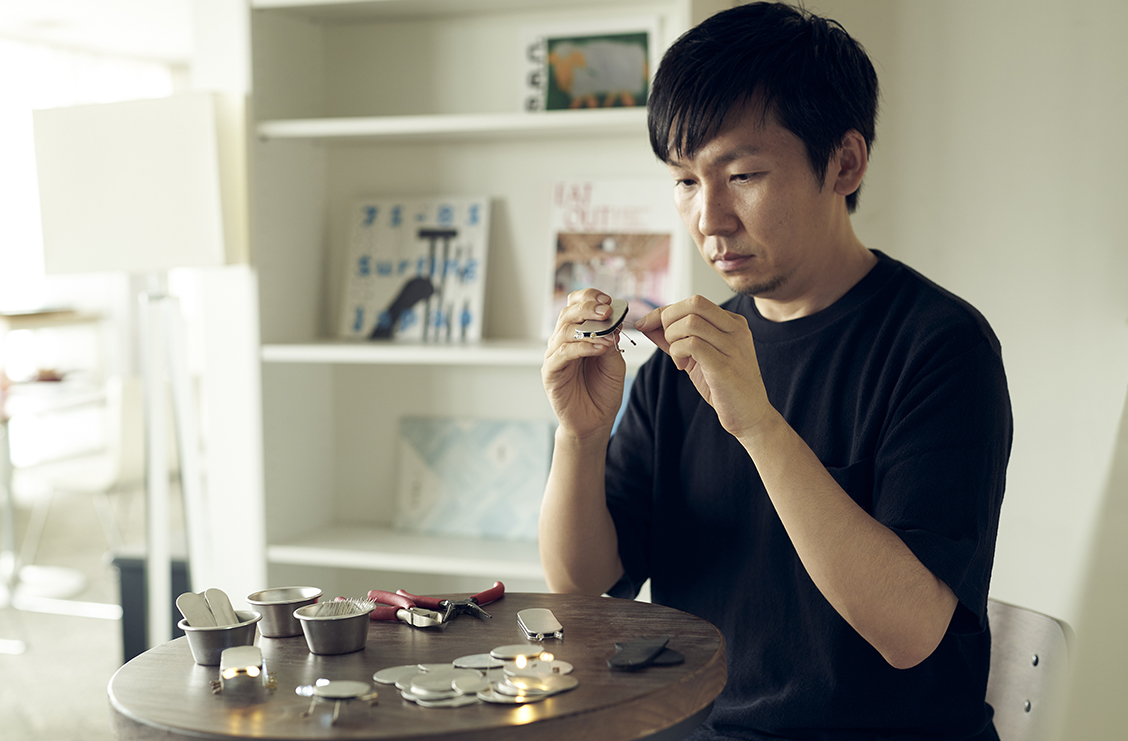
Electrical… Does that mean you make art by using electricity?
The main concept is artistic expression that uses electronic technologies, and each member of the group freely makes art that they cannot make at work. We held an exhibition, and my work colleagues also came.
For example, this artwork depicts… insects?
Yes, it’s called, “Aluminum Insects.” Their bodies are made of aluminum, and their eyes are made using LEDs. I used scraps from an aluminum factory.

It makes me giggle. It must be a different kind of excitement from work.
Yes, that’s right. However, it is also linked to my job. I am not so familiar with electrical engineering and programming, so I learn from other people in the group to make artwork. I can experience technical challenges and gain some enjoyment, and I can even understand how engineers feel a bit. I can also take advantage of the planning and promotion of exhibitions and communication with visitors to develop business. Although I do not create much electrical art these days, I want to try new things both at work and in my private life, and I want to experience different fields.
Click here to see the details of the products introduced here.
Note: The department that the author belongs to and the content of the article are correct at the time of writing.
IMAGE GALLERY
